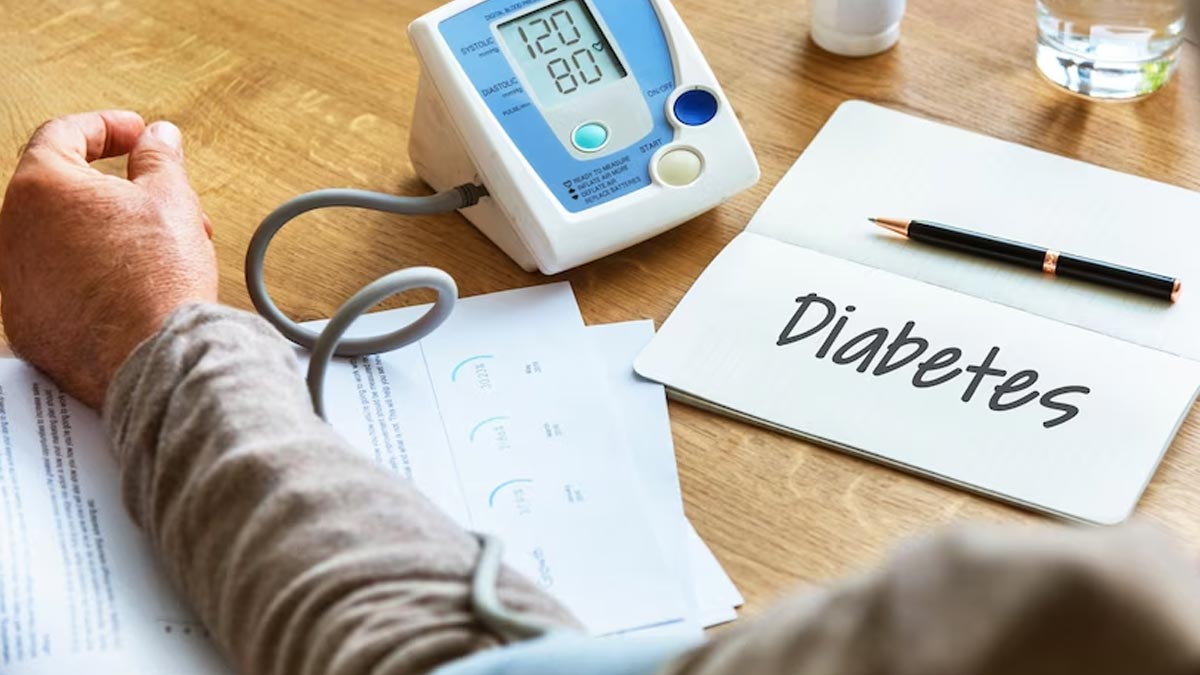
Besides following a healthy and a balanced diet, regular physical activity is the key to lowering diabetes risk. The World Health Organization (WHO) defines physical activity as "bodily movement produced by skeletal muscles that requires energy expenditure." This refers to any physical movement or activity that is generated by the contraction of muscles connected to the skeleton and necessitates the consumption of energy. This includes activities like walking, running, lifting weights, and even everyday tasks like standing or sitting up.
Table of Content:-
Interestingly, a new study has found that in addition to exercising, the time when you exercise can also help reduce your risk of type 2 diabetes. Let us take a look at the study details and the findings.
Also Read: Diabetes: Blood Sugar Testing Mistakes People Should Avoid
Study Findings

The study, published in the Journal Diabetologia, involved 93,095 participants (mean age 62 years) without a history of type 2 diabetes who wore an accelerometer for one week to measure their physical activity. The data was acquired from the UK biobank, a large-scale biomedical database from the United Kingdom.
The team of researchers from Harvard University in the US found that engaging in physical activity during the morning or afternoon appears to lower the risk of type 2 diabetes, but this effect was not observed when exercising in the evening.
Dr Chirag Patel of Harvard Medical School in Massachusetts and one of the study authors, said, "Our study showed an association with diabetes risk between morning and afternoon versus evening physical activity. The findings also suggest it is helpful to include some higher-intensity activity to help reduce the risk of developing diabetes and other cardiovascular disease."
Why Morning And Afternoon Exercise Are Better For Preventing Diabetes

With the help of the wrist-worn accelerometer, the researchers estimated the metabolic equivalent of task (MET), which is a common measure of physical activity, summing MET-hours of total physical activity. They found that with every one-unit increase in MET hours of physical activity, the risk of type 2 diabetes decreased by 10% for morning activity, divided as 6 a.m. to noon and 9% for afternoon activity, divided as noon to 6 p.m..
This did not pertain to evening hours, which was from 6 p.m. to midnight.
The study authors notes, "The timing of activity may play a role in mitigation of diabetes risk,” adding, “The findings also suggest it is helpful to include some higher intensity activity to help reduce the risk of developing diabetes and other cardiovascular disease.”
Also Read: Diabetes Diet: Healthy Snacking Tips To Control Your Blood Sugar Levels
The study authors hypothesised that lifestyle factors, including sleep duration and dietary habits, might impact the level of physical activity during different times of the day, consequently affecting its role in diabetes risk.

To explore these influences, they incorporated these factors into their analytical models. Their findings indicated that, after accounting for lifestyle factors, the associations between MET-hours and specific times of day became more accurate and refined.
"The consistency or routine of physical activity was not strongly associated with Type 2 diabetes. In other words, individuals who exercise a smaller amount of time more frequently are at no lesser risk for diabetes than individuals who exercise the same total amount, but with less of a routine," Dr. Patel said.
"Our findings support that total physical activity, but not its consistency over the week, may be an important factor impacting Type 2 diabetes risk. The timing of activity may play a role in the mitigation of diabetes risk," he added.
Also watch this video
How we keep this article up to date:
We work with experts and keep a close eye on the latest in health and wellness. Whenever there is a new research or helpful information, we update our articles with accurate and useful advice.
Current Version